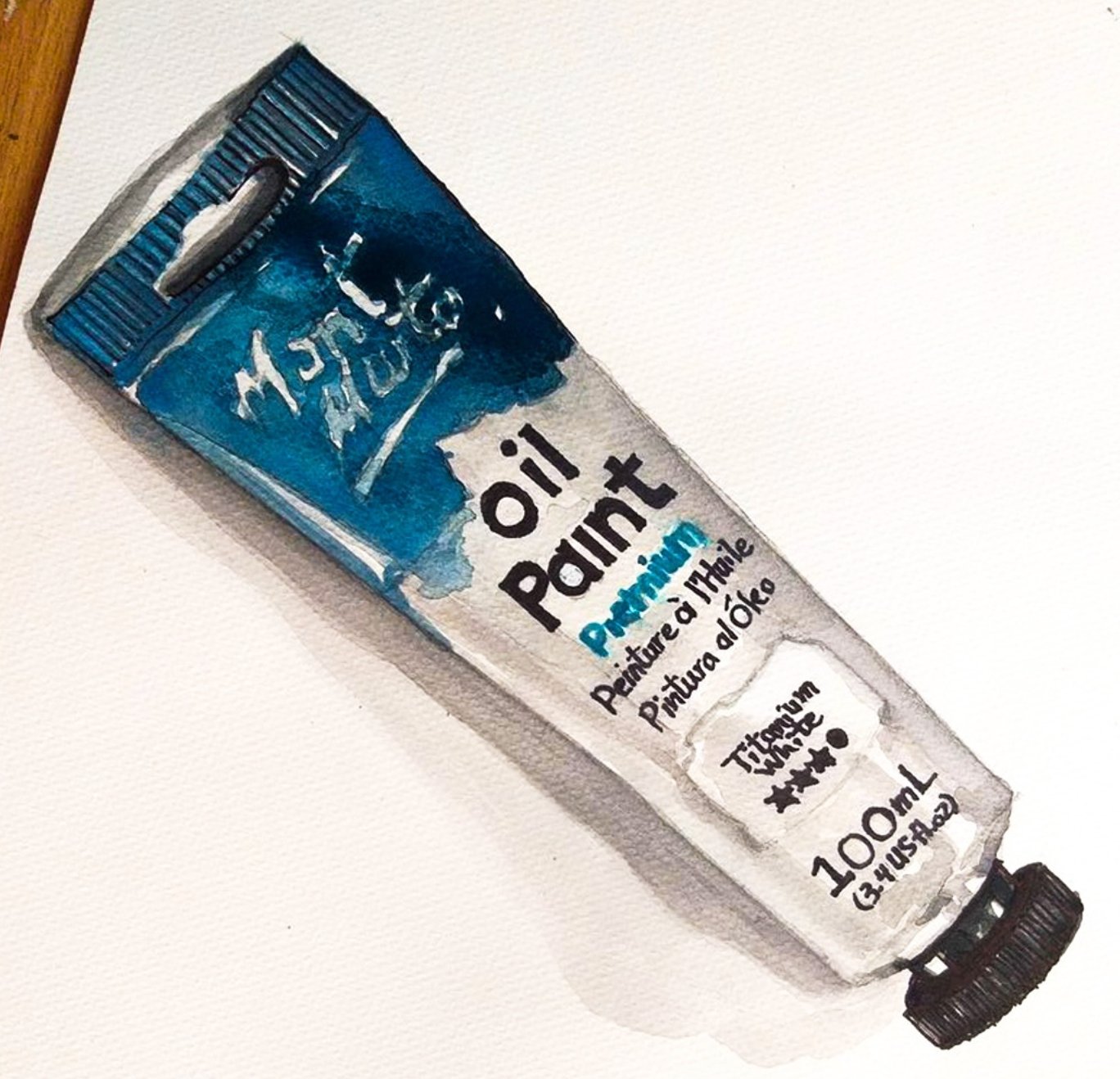
Oil Painting FAQs
Oil Paints have been one of the best mediums of choice for many artists for years. Oil painting is a relaxing and enjoyable art practice that can lead to stunning results.
Please keep reading to discover answers to the most commonly asked questions.
Why do so many artists use oil paints?
Oil Paints are still one of the most famous mediums because of the Vast expanse of colours, the ease of use and the transportability of the medium.
What do I need to start in oil painting?
There are a few things required to get started with oil painting:
- Oil paints: Start with a basic colour palette. Suppose you start with black, white, and the primary colours of red, blue and yellow.
- Choose something from our Variety of Canvases if you want to experiment and sketch.
- Variety of brushes.
- An Easel.
- A Mixing Palette.
What oil colours should I get?
When starting with oil painting, a good range of colours includes:
What surfaces can I use oil paint on?
Oil paint can be used on various surfaces, such as canvas, wood, and paper.
What brushes should I use for oil painting?
Hog Bristle Brushes are most commonly used in oil painting. Ideally, you'll want a good variety of sizes and shapes.
How do I clean my paintbrushes after oil painting?
To clean your paintbrushes, sock them in a cup of solvent or turpentine for a few minutes and then wipe them on a rag.
What are some excellent oil paint brands for beginners?
Mont Marte Oil Paints: The affordability of the Mont Marte Oil Paints makes them great for beginners or artists working on a large scale. Available in many beautiful and vibrant colours, they feature high-quality lightfast pigments and a smooth, buttery consistency. In addition, these premium oil paints boast excellent covering power and tinting strength and are great for colour mixing.
How do I prime my canvas?
Prime your canvas with gesso to create a smooth base and prevent your oil paint from seeping into the surface.
How do I protect my finished artwork?
Once finished, store your work out of direct sunlight in a temperature-controlled space. Once your work is thoroughly dried, you'll also want to varnish your job to protect it.
How long does it take for oil paint to dry?
Oil paint does not have a fixed drying time, and it all depends on the thickness of the colour; however, typically, oils are dry to the touch within 3 to 12 days.
When can I varnish my oil painting?
You can varnish your oil painting once it has fully cured.
How do I mix paint colours?
Use a palette knife and an easy clean palette to mix your paint colours.
Can I mix oil and acrylic paint?
It's better not to mix Oil Paints And Acrylic Paints, But there is a way to paint the base with acrylic paints and wait for them to dry and paint over them with oils.
Can I mix oil paint and watercolour?
Watercolour and oil paints do not mix well and are not advised to be combined. Watercolours mixed or painted on top of oil paints will not dry properly.
Remember to show us your Oil Painting by tagging us on Instagram @HandyMandy for your chance to be featured!
Have you got questions? Please send us an email at info@handymandy.co.nz, and our friendly team of artists will do their best to assist you.
Happy Art!
